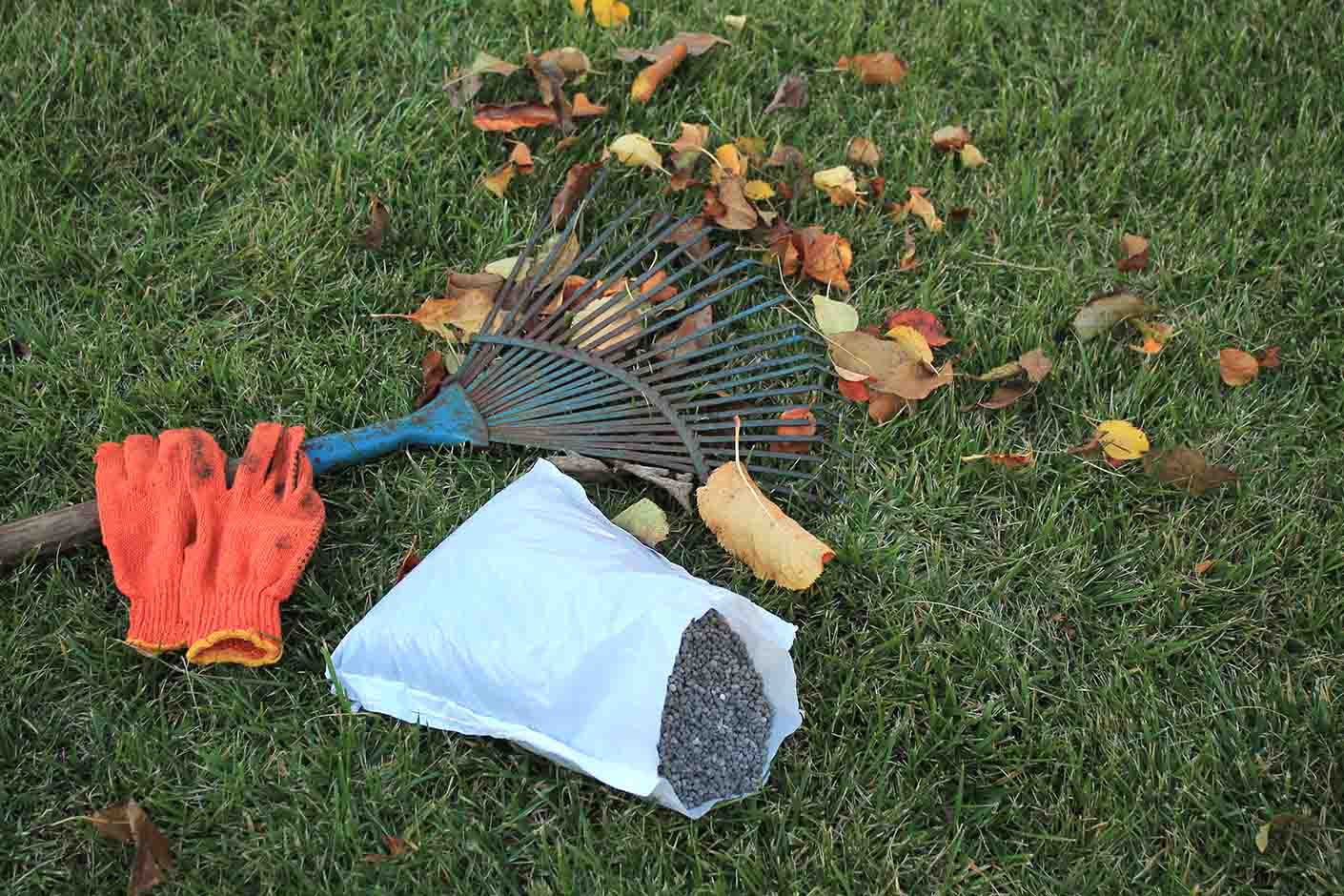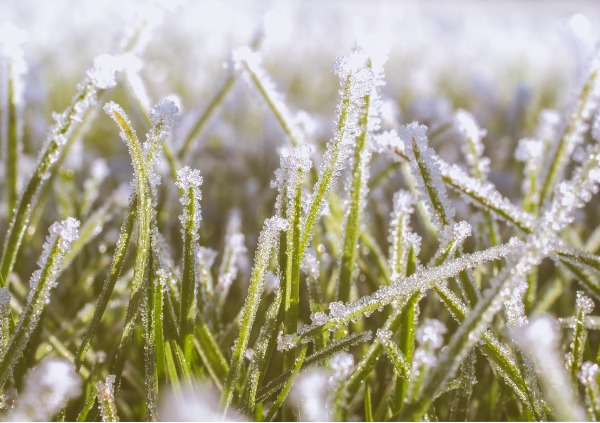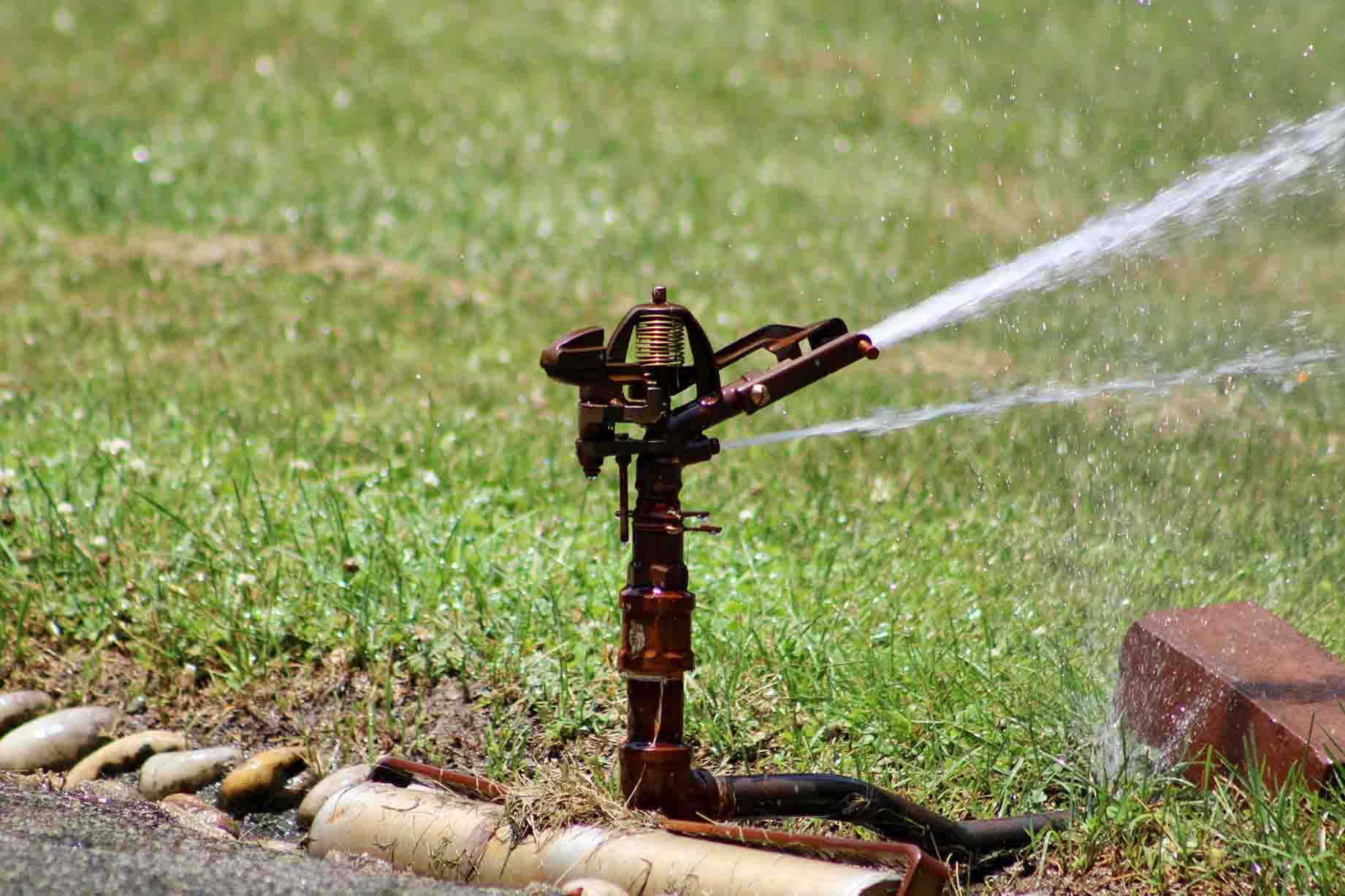In Illinois, fall is the single most important time of year to fertilize your lawn. While spring and summer feeding can give grass a quick burst of color, fall fertilization builds the strong underground foundation your turf needs to endure the cold, snowy months and rebound vigorously in spring.
During this season, cool-season grasses like Kentucky bluegrass, perennial ryegrass, and tall fescue enter a period of intense root growth and nutrient storage. The steps below will help you ensure your lawn gets everything it needs to stay strong this fall!

Performing a yard cleanup before you fertilize is just as important as the fertilizer you choose. In fall, leaves, twigs, and thatch can accumulate quickly, creating a barrier between your soil and the nutrients you’re about to apply. If you spread fertilizer over this debris, much of it won’t reach the ground where it’s needed. Preparing your yard by clearing away these obstacles ensures that the fertilizer granules or liquid make direct contact with your grass and soil, giving the roots full access to nutrients.
This step also helps prevent uneven feeding and reduces the chance of runoff, which is especially important in Illinois’ unpredictable fall weather. A well-prepared lawn sets the stage for everything else you’ll do to improve turf health before winter.
How to prepare your lawn for fertilization:

The type of fertilizer you apply in autumn matters more than many homeowners realize. Fall is the time cool-season grasses in Illinois focus on root development rather than producing lush blades. That means your lawn benefits from a blend that delivers steady nitrogen and potassium to strengthen roots and boost winter hardiness. Look for a slow-release, granular fertilizer type.
Using a fertilizer labeled for summer or spring can encourage the wrong kind of growth, leaving your turf vulnerable to frost. By selecting a product specifically designed for fall feeding, you’re investing in the long-term health of your yard rather than chasing short-lived green-up.
How to select the right fertilizer:

Even the best fertilizer won’t deliver results if applied at the wrong time. In Illinois, the ideal window is four to six weeks before the ground freezes, typically late September through October. During this period, the grass is still actively absorbing nutrients, but temperatures have cooled enough to reduce stress on the turf.
Fertilizing too early can stimulate soft new growth that’s easily damaged by frost, while fertilizing too late means the nutrients may sit unused in the soil until spring. Proper timing gives your lawn a head start on winter survival and spring regrowth, which is why planning ahead is so critical.
How to time your fall fertilization:

Pairing fall fertilization with aeration can dramatically increase nutrient absorption. Illinois soils, especially those rich in clay, often become compacted after a busy summer of foot traffic and heat stress. Aeration relieves this compaction by pulling small plugs of soil from the ground, creating pathways for air, water, and fertilizer to penetrate deeper into the root zone.
When you fertilize immediately after aerating, those nutrients drop directly into the holes, reaching the roots more efficiently. The combination improves your lawn’s short-term nutrient uptake and strengthens root systems for long-term resilience.
How to combine aeration with fertilization:

Water is what activates most granular fertilizers, so the right irrigation after application ensures nutrients dissolve and sink into the soil. In Illinois’ fall weather, natural rainfall often helps, but you can’t rely on it completely. Without sufficient moisture, fertilizer granules can sit on the surface and risk burning the grass or being blown away.
On the other hand, too much water can wash nutrients off your lawn entirely. Striking the right balance helps your grass absorb what it needs and minimizes waste or environmental impact.
How to water after fertilizing:
Illinois’ weather can be unpredictable, and every lawn is different. A professional lawn care company can test your soil, recommend the right fertilizer blends, and apply them with commercial-grade equipment for even coverage. They can also time applications precisely to your region’s climate patterns, saving you guesswork and ensuring better results.
If you are interested in lawn fertilization services in Champaign, IL, Merrill Landscape Services is here to help. We provide expert fertilization services, aeration and overseeding, fall cleanups, and everything else your lawn needs to thrive through the changing seasons. Contact Merrill today for a free quote!